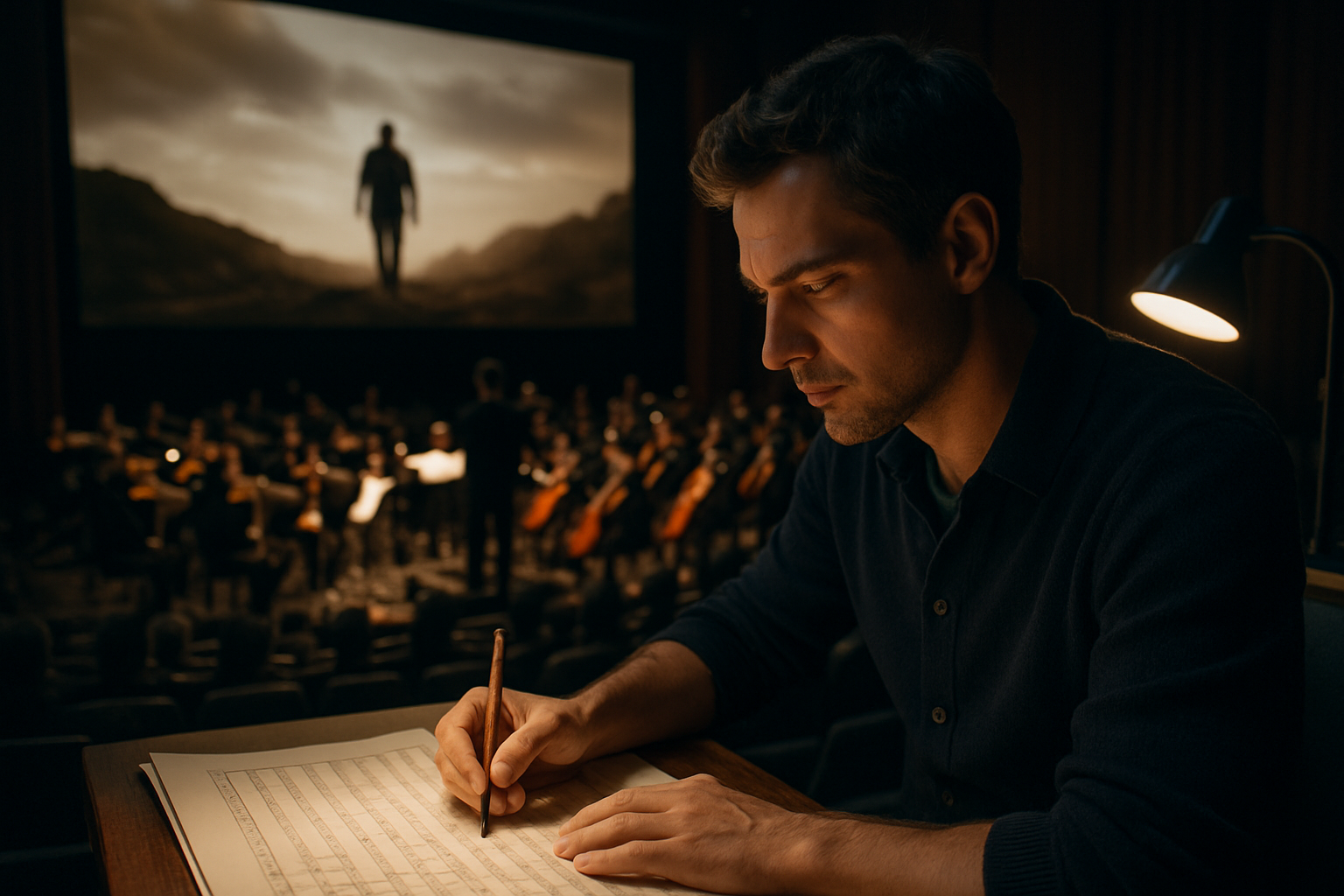The Artistry of Silent Film Scoring in Modern Cinema
In an era dominated by surround sound and digital audio, a quiet revolution is taking place in the world of film music. Contemporary composers are rediscovering the lost art of silent film scoring, breathing new life into a craft that once shaped the cinematic experience. This resurgence isn't merely nostalgic; it's a bold reimagining of how music can enhance storytelling in the digital age. From indie filmmakers to Hollywood heavyweights, creators are exploring the power of silence and the subtle interplay between visuals and melody, crafting soundscapes that speak volumes without uttering a word.

The Digital Revival
With the advent of sound in film, the art of silent scoring seemed destined for obscurity. However, the digital age has ushered in a renaissance for this forgotten craft. Modern composers are using advanced technology to create intricate scores that harken back to the golden age of silent cinema while pushing the boundaries of what’s possible in film music. Software like Logic Pro and Ableton Live allow for unprecedented control over instrumentation and timing, enabling composers to sync their music with on-screen action with pinpoint accuracy.
The Psychological Impact of Music Without Dialogue
Recent studies in film psychology have shed light on the profound impact that music can have on viewer perception and emotion, particularly in the absence of dialogue. When skillfully employed, a silent film score can guide the audience’s emotional journey, heighten tension, and even influence their interpretation of characters and events. This psychological aspect has not been lost on modern filmmakers, who are increasingly turning to silent scoring techniques to create more immersive and emotionally resonant cinematic experiences.
Notable Examples in Contemporary Cinema
Several recent films have garnered critical acclaim for their innovative use of silent film scoring techniques. The 2011 Oscar-winning film The Artist paid homage to the silent era with its largely dialogue-free soundtrack, relying on a lush orchestral score to convey emotion and drive the narrative. Similarly, the 2016 animated feature The Red Turtle used no dialogue whatsoever, instead relying on a beautifully crafted musical score to tell its story. These examples demonstrate the enduring power of music as a storytelling tool, even in an age of advanced sound design and visual effects.
Challenges and Opportunities
While the resurgence of silent film scoring techniques presents exciting creative possibilities, it also comes with unique challenges. Composers must strike a delicate balance between paying homage to the past and creating something fresh and relevant for modern audiences. Additionally, the absence of dialogue places greater emphasis on the visual elements of filmmaking, requiring close collaboration between composers, directors, and editors to ensure that the music enhances rather than overwhelms the on-screen action.
The Future of Film Music
As we look to the future of cinema, the renewed interest in silent film scoring techniques suggests a growing appreciation for subtlety and nuance in storytelling. This trend may lead to more experimental approaches to film music, blending traditional orchestration with electronic elements and even incorporating silence itself as a powerful narrative tool. The art of silent film scoring, once thought to be a relic of the past, is proving to be a vibrant and evolving craft that continues to shape the language of cinema in the 21st century.
In conclusion, the resurgence of silent film scoring in modern cinema represents a fascinating convergence of past and present. By revisiting and reimagining the techniques of early film composers, today’s artists are creating soundscapes that resonate deeply with audiences, proving that sometimes, the most powerful stories are told without words. As this trend continues to evolve, it promises to open up new avenues for creative expression in film, challenging both creators and viewers to experience cinema in innovative and thought-provoking ways.






